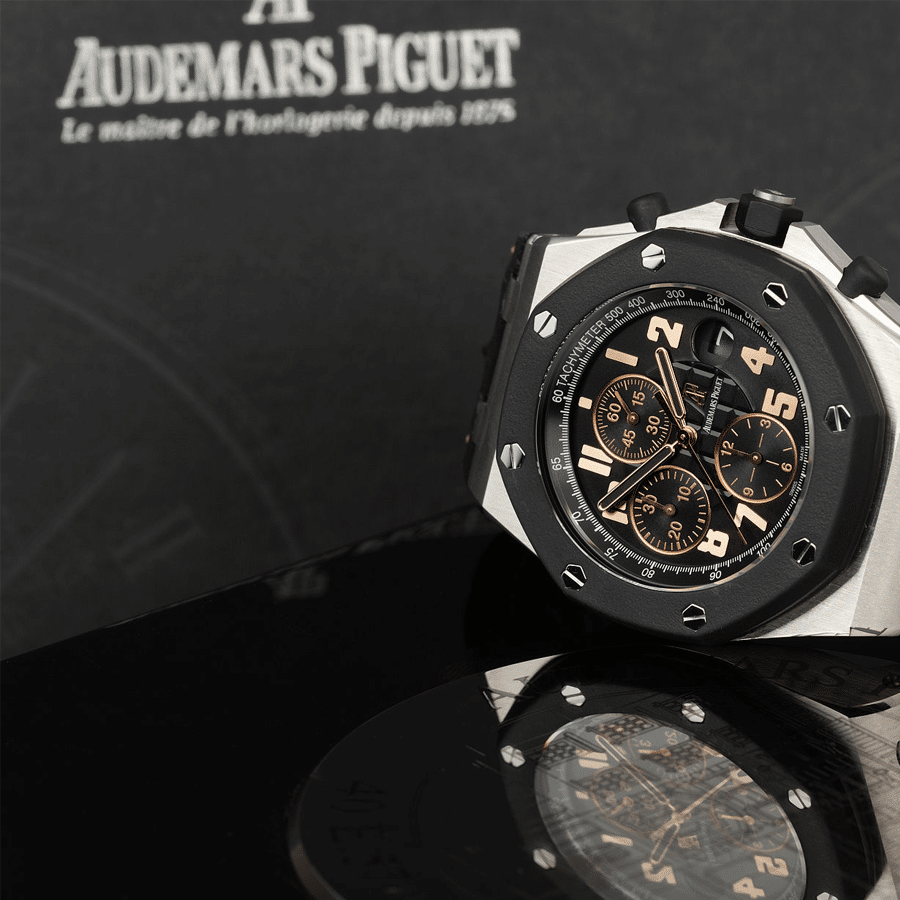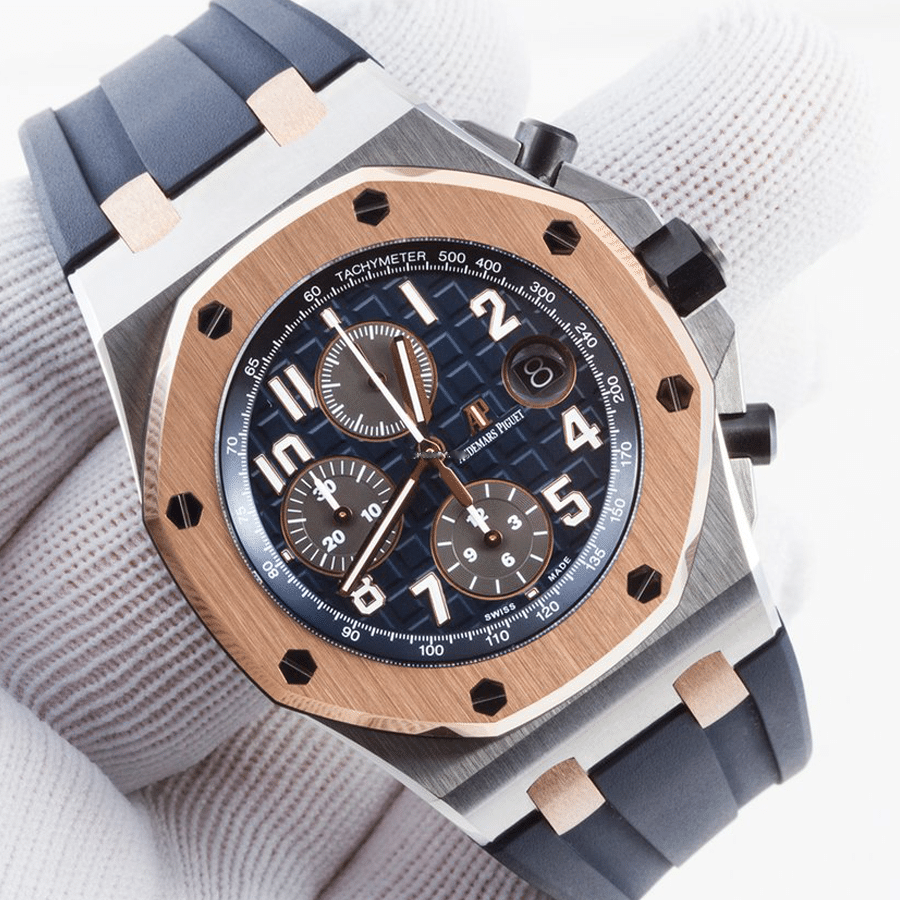
For any of us, a watch is a personal talisman, an accessory that really moves, conveys expression, and stays on your body despite what you’re wearing. When chosen properly, it provides a sense of completeness that some people get from their car, their handbag, or the blockchain primate in their profile picture. That’s the feeling I need for my watch.
To know what my watch is, I must first train my eyes to look at the watch amulets of the people around me. Take, for example, my partner’s Cartier, a tiny hand-wound tank replica watch with a custom lizard strap and shattered sapphires that’s more a part of her life than an accessory. Or my agent’s gold replica Rolex Day-Date, whose champagne-coloured dial is a portal to the power-broker energy brewing beneath his humorous demeanour. Or Andy Warhol’s onyx Piaget, which I was enchanted by when I rebranded the magazine he founded, Interview, and which captures his unique charm, genius and frivolous depravity. Or my late father’s kaleidoscopic collection of more than 20 Swatch watches, whose spontaneity and easygoing practicality are deeply imprinted in my memory of him.
On my own journey, I knew almost immediately that my watch was an replica A udemars Piguet Royal Oak. It was an instinct that felt almost too obvious – given that it is one of the few most coveted watches in the world – but even after much research into more maverick options, I couldn’t shake its grip.
udemars Piguet Royal Oak. It was an instinct that felt almost too obvious – given that it is one of the few most coveted watches in the world – but even after much research into more maverick options, I couldn’t shake its grip.
What I loved most about the Royal Oak, and still do, is its brashness. It’s a quality I appreciate in all forms of creativity, because to be brutal is to sacrifice the polite comforts of the status quo in the service of new ideas. Releasing the world’s most expensive steel mechanical watch in the midst of an existential crisis in the industry – as Audemars Piguet did when the Royal Oak was born in 1972 – is brutal. Designing some exposed bezel screws that resemble the industrial visors of diving helmets for the old-school fine watchmaking market, as RO designer Gérald Genta did, is brutal. Keeping this design alive and relatively unchanged for 50 years while the rest of the world goes through a cultural phenomenon from disco to punk to rock, plus trap music, Y2K, Avatar, boy bands, Xbox, Instagram, Millennial Pink, and squid games, is brutal at best.
The Audemars Piguet Royal Oak
I like the idea of roughing it because they slap things together – in this case, a fancy copy watch with a weird nautical vibe – but the real poetry of the Royal Oak is in the depth of its craftsmanship. It is the most exquisitely handcrafted “industrial-looking” object I have ever seen. Its myriad surface textures sculpt its geometric shapes with remarkable clarity. It has little inside jokes, like how the slots for its screw heads draw a perfectly imaginary circle around the bezel. And then there’s the whole handmade mass of mechanical parts dancing under its sapphire crystal case-back. That’s how you can do something as savage as Mies Van Der Rohe’s Seagram Building or Kanye West’s Yeezus, with a level of execution that makes something transcendent.
When I actually got my Royal Oak-a 41mm ref. When I actually got my Royal Oak-a 41mm model 15500 that looks like a classic 39mm 15202 on my defender’s frame-it flowed so smoothly into my everyday life, especially for a functional piece of jewellery that came at the price of a limo; it was Incredible. I keep it in the box on these fun, semi-remote working days when I’m mostly zooming, answering emails and playing with my kids. When I’m working in the Highsnobiety office, catching up on the fashion calendar, or just meeting people in a place that’s not my den – a hybrid living room – I dutifully wind up and set the 15500 before I have my first cup of coffee. Snapping it on my wrist feels like pushing an imaginary power button that turns on Thom The Editor, an adult. Maybe I’m a little lame myself right now, but smart enough that I don’t care. This is exactly the feeling I was looking for.